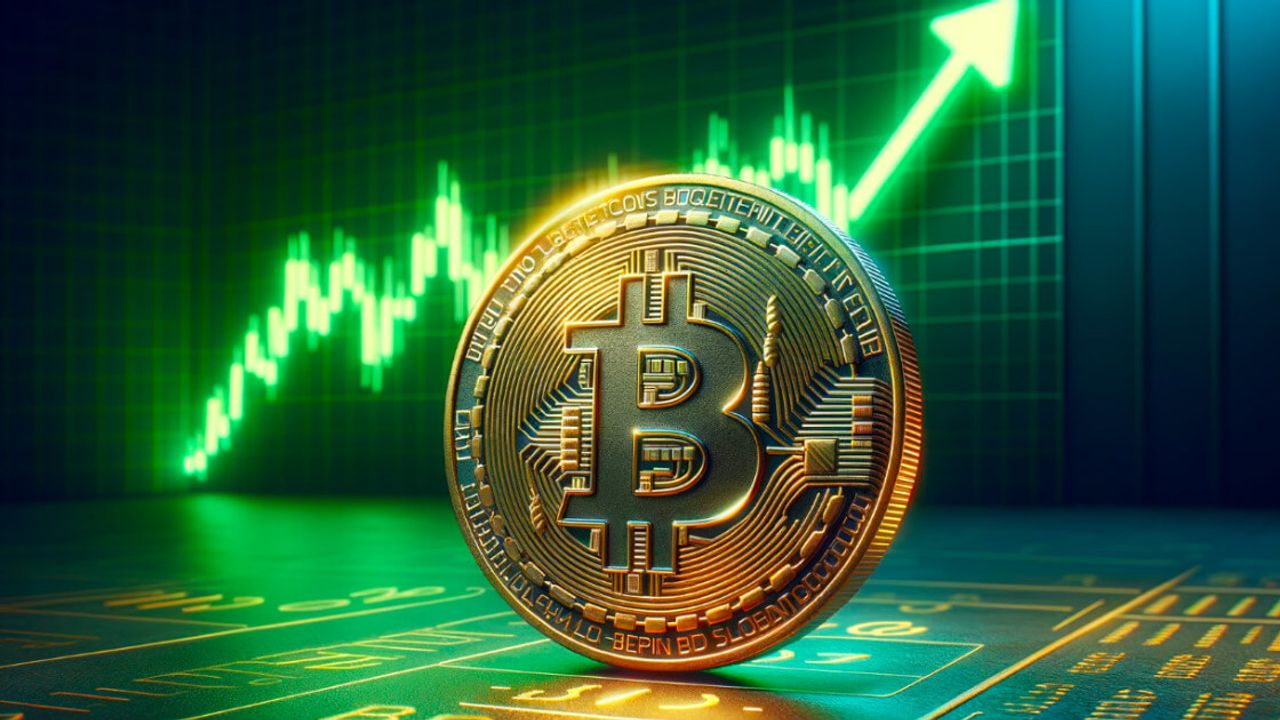Bitcoin (BTC), the leader of cryptocurrencies, has seen a volatile price structure in recent days. Especially BTC, which lost its support of $64,000, has brought various scenarios to the surface. Analysts argued that this volatility is normal. Arthur Hayes, former CEO of BitMEX, stated that BTC has hit bottom, but the expected momentum will gradually gain momentum.
An important indicator also pointed to a period of calmness in BTC, which could not give what was expected after Halving. BTC's volatility risk premium (VRP) was seen as a positive development by long-term investors. This data reflects the transition period mentioned by Hayes.
Key indicator in Bitcoin
Bitcoin (BTC), the leader of cryptocurrencies, has been on the agenda with its volatile price structure. BTC's price movement between $62,000 and $64,000 was interpreted as volatility.
BTC's volatility was evaluated by the basic Bitcoin indicator. According to the data, a period of calm may come in the cryptocurrency market.
The indicator, called the volatility risk premium (VRP), indicated that there will be relatively less volatility in the coming period and BTC will evolve to price stability.
On the other hand, ETH's VRP remains high compared to Bitcoin. In other words, things are not yet back on track on the ETH side.
VRP reflects the tendency to exceed volatility over time. The data works as a measure of expectations of price volatility. The resulting difference represents the premium that option sellers charge for the additional risks associated with future uncertainty and price volatility.
According to Bitfinex analysts, BTC's VRP has dropped from 15 percent to 2.5 percent since the Bitcoin halving on April 20. "The significant narrowing of the VRP suggests that market expectations are realigning towards a more stable and predictable post-halving environment," the analysts told CoinDesk. According to analysts, future volatility will be less than previously expected.
According to data and analysts, uncertainty has decreased. Market participants are participating in more predictable market conditions.














